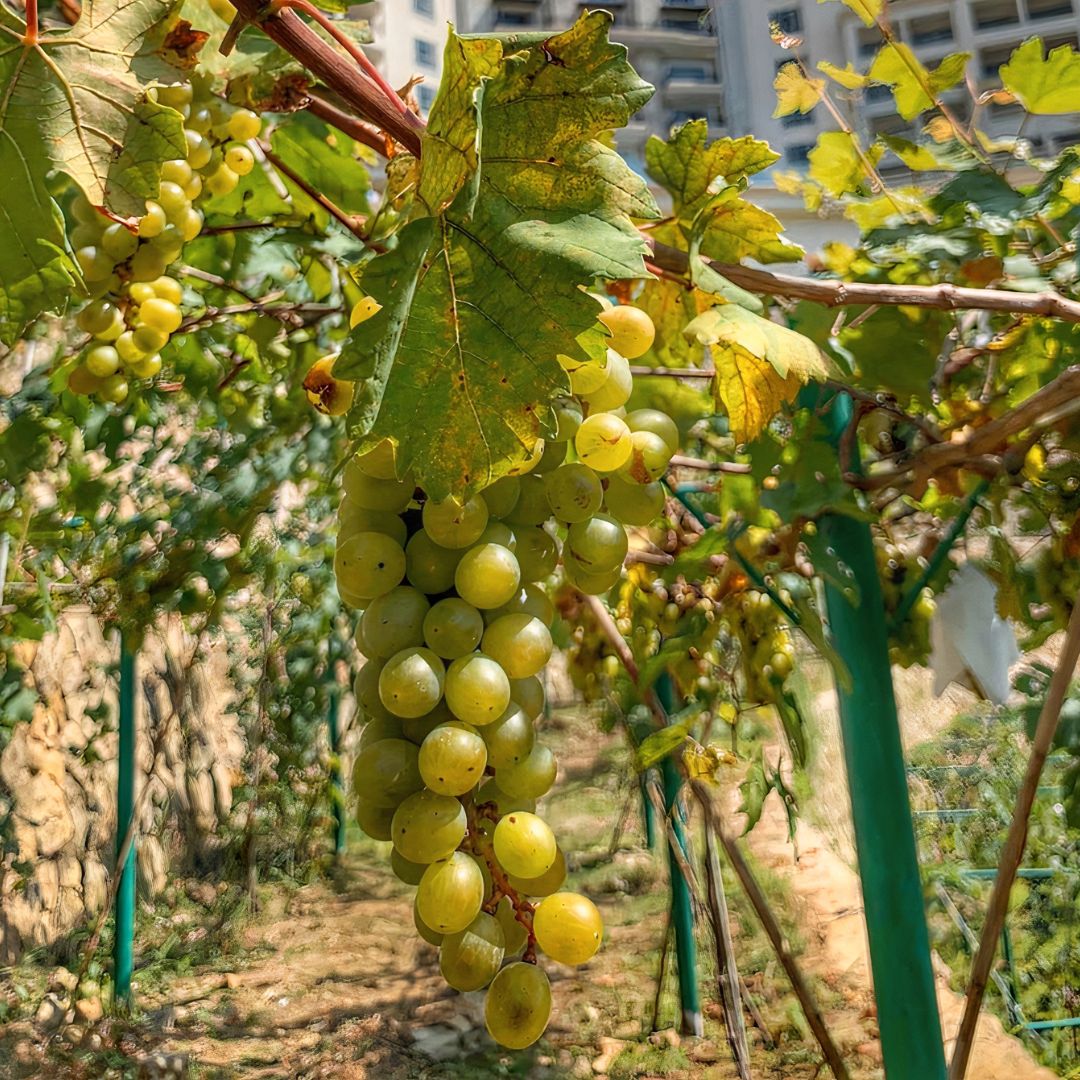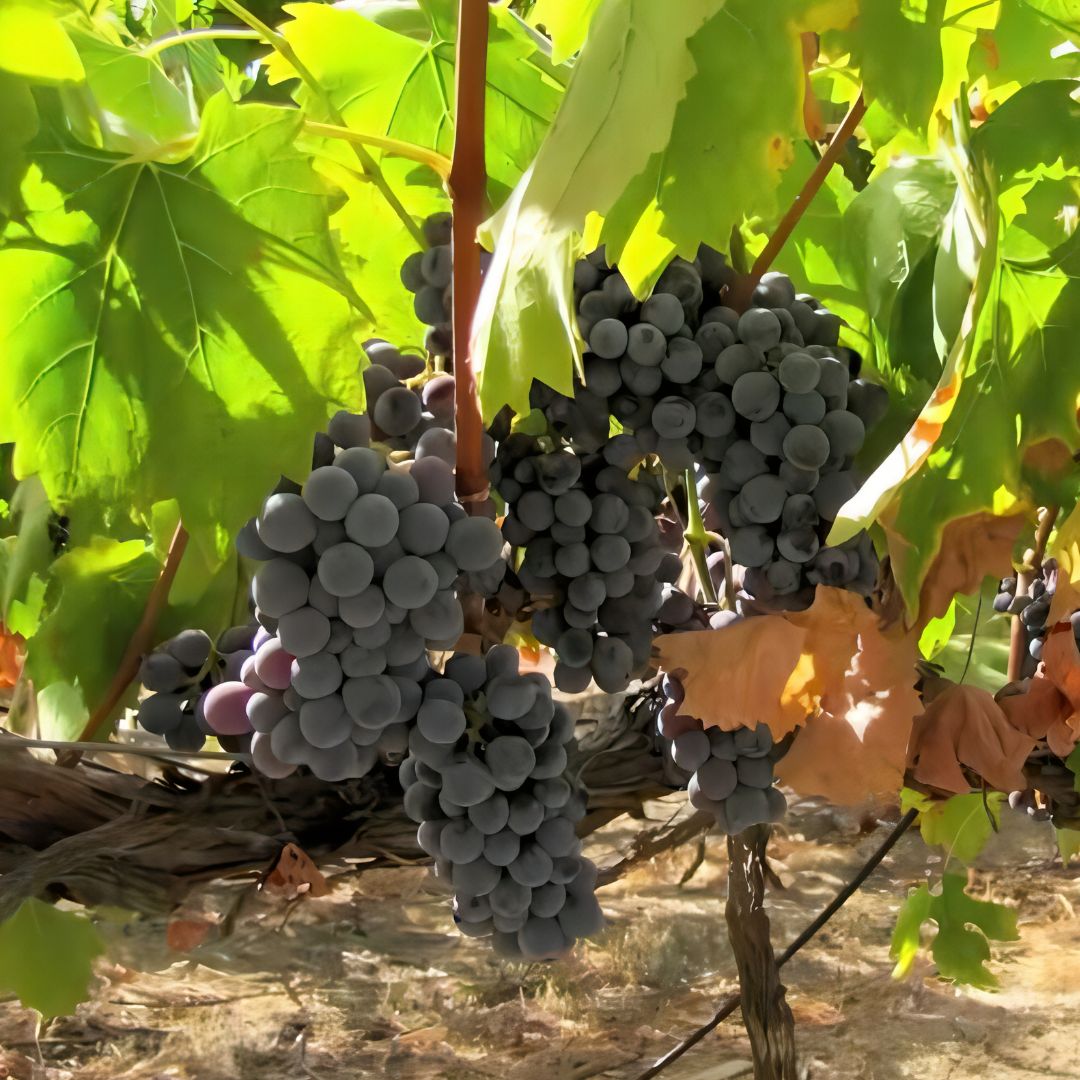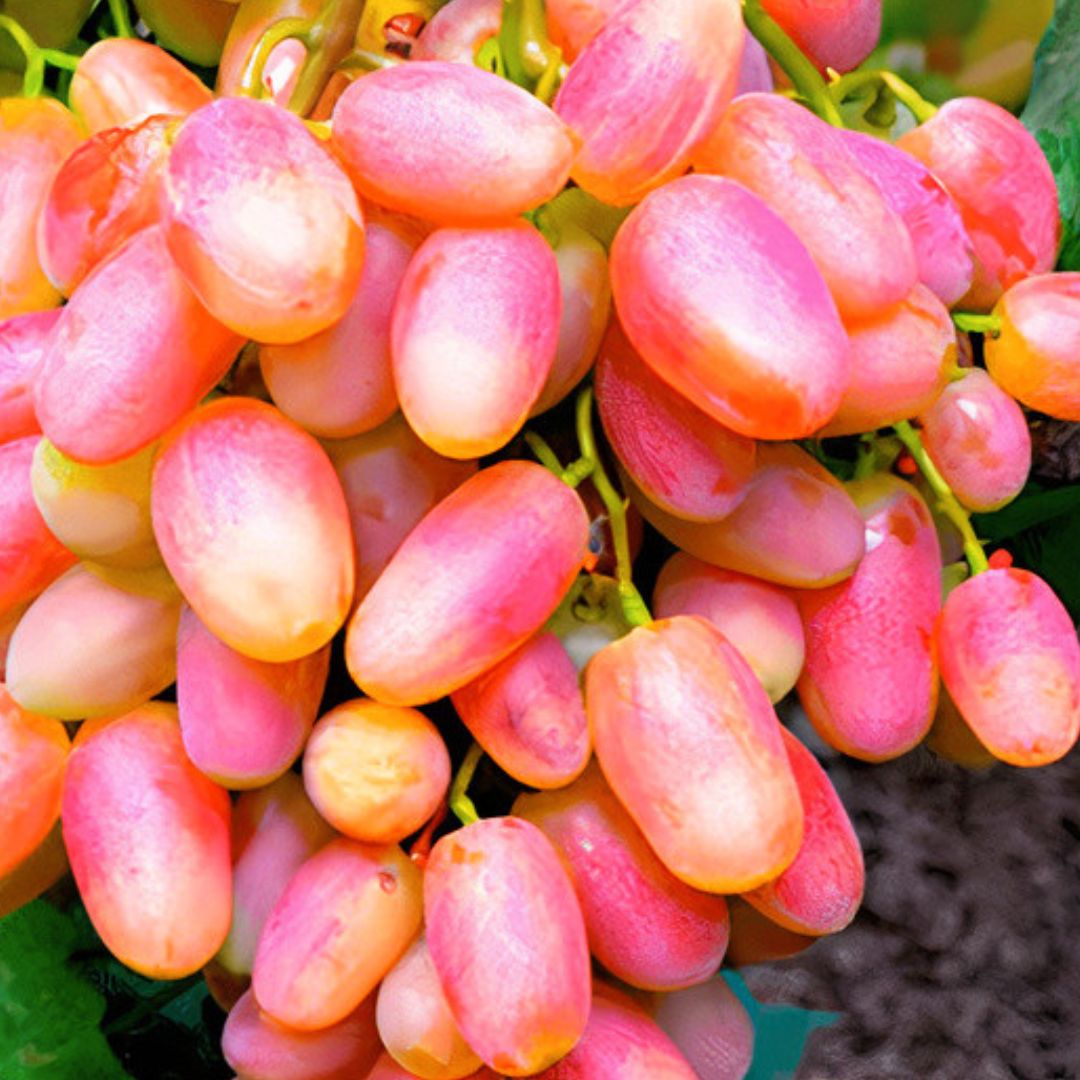
Brazilian Hybrid Grapes are an innovative achievement of Brazilian viticulture, combining the resilience of native species with the flavors of traditional Vitis vinifera grapes.
History
The development and cultivation of hybrid grapes in Brazil is a response to the country’s climate conditions, which are largely unfavorable for viticulture. By crossbreeding native Brazilian species Vitis labrusca and Vitis bourquina with traditional wine grape varieties, researchers have managed to create hybrids that are resistant to diseases and can thrive in hot, humid climates while also producing flavorful, quality grapes.
Characteristics
Appearance: The appearance of hybrid grapes may vary depending on the specific variety. Typically, they exhibit a range of colors — from green to yellow and from pink to red and purple.
Taste: The taste profile of Brazilian Hybrid Grapes includes the fruity, aromatic flavors commonly found in traditional grape varieties, combined with a unique taste that reflects the influence of the Brazilian Vitis species used in their creation.
Growth: Hybrid grapevines are cultivated predominantly in the south of Brazil. They exhibit robust growth, resistance to common diseases, and are adapted to withstand Brazil’s unique weather conditions.
Resistance: Hybrid grapes generally have a stronger resistance to diseases compared to traditional varieties. This is mainly due to their genetic composition, which includes genetic traits from the more adaptable and disease-resistant native grape species.



